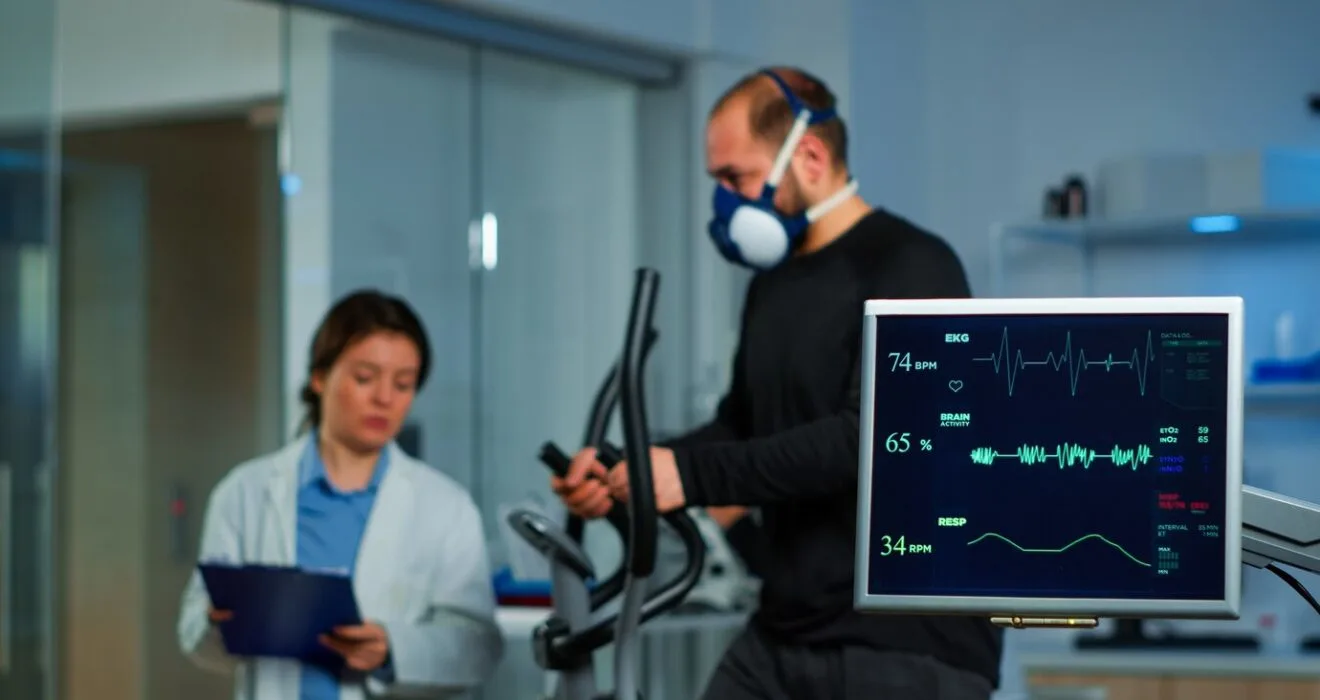Using Predictive Analytics for Better Patient Outcomes
1. Introduction to Predictive Analytics in Healthcare
1.1 Understanding Predictive Analytics
Predictive analytics, powered by IT solutions, cloud computing, and software development, leverages historical data to anticipate healthcare needs. Cybersecurity and data security ensure accurate, secure, and proactive patient care.
1.2 Applications of Predictive Analytics in Healthcare
From anticipating disease outbreaks to identifying high-risk patients, predictive analytics is the healthcare superhero we never knew we needed. It’s like having a healthcare psychic who can foresee complications and suggest interventions before they even happen.

2. Benefits of Utilizing Predictive Analytics for Patient Outcomes

2.1 Improving Diagnostic Accuracy
Imagine a world where misdiagnoses are as rare as a unicorn sighting – that’s the power of predictive analytics. By analyzing patient data and patterns, it can help healthcare providers make more accurate diagnoses faster than you can say “WebMD.”
2.2 Enhancing Treatment Efficacy
Predictive analytics, powered by IT solutions and software development, personalizes treatment plans for better outcomes. Cloud computing, data security, and cybersecurity ensure accurate, secure, and efficient healthcare delivery.
3. Implementing Predictive Analytics in Healthcare Settings
3.1 Data Collection and Integration
Collecting and integrating data through IT solutions, cloud computing, and software development unlocks the power of predictive analytics in healthcare. Cybersecurity and data security ensure accurate, secure, and comprehensive patient insights.
3.2 Building Predictive Models
Building predictive models is like creating a roadmap to better patient outcomes. It’s about crunching numbers and patterns to predict what lies ahead, guiding healthcare providers to make informed decisions that could change lives.

4. Improving Treatment Decision-Making with Predictive Analytics
Personalized Medicine Approaches
Say goodbye to one-size-fits-all treatments – predictive analytics opens the door to personalized medicine. It’s like having a treatment plan tailored to your unique needs, ensuring you get the care that’s just right for you.
Risk Stratification for Better Care Plans
By leveraging predictive analytics and IT solutions, healthcare providers can stratify risks and tailor care plans. Cloud computing, cybersecurity, and data security ensure secure, data-driven guidance for better patient outcomes.
5. Enhancing Patient Care and Monitoring Through Predictive Analytics
Remote Patient Monitoring
Imagine a world where your doctor can keep an eye on your health without you even having to leave your couch. Thanks to predictive analytics, remote patient monitoring is becoming increasingly common. By analyzing real-time data from wearable devices or health apps, healthcare providers can identify potential issues early and intervene before they become serious.
Preventive Interventions based on Predictive Insights
Predictive analytics, powered by IT solutions and cloud computing, enables proactive patient care by identifying at-risk individuals. Cybersecurity, data security, and software development ensure secure and effective preventive interventions for better health outcomes.
6. Overcoming Challenges in Implementing Predictive Analytics
Data Privacy and Security Concerns
Implementing predictive analytics in healthcare requires robust cybersecurity, data security, and IT solutions to protect patient information. Ensuring HIPAA compliance and secure cloud computing safeguards privacy and maintains trust.
Integration with Existing Healthcare Systems
Integrating predictive analytics into existing healthcare systems can be a daunting task. Compatibility issues, training staff, and ensuring seamless communication between different systems are common challenges. However, with proper planning and support, healthcare organizations can overcome these obstacles to fully leverage the benefits of predictive analytics.



